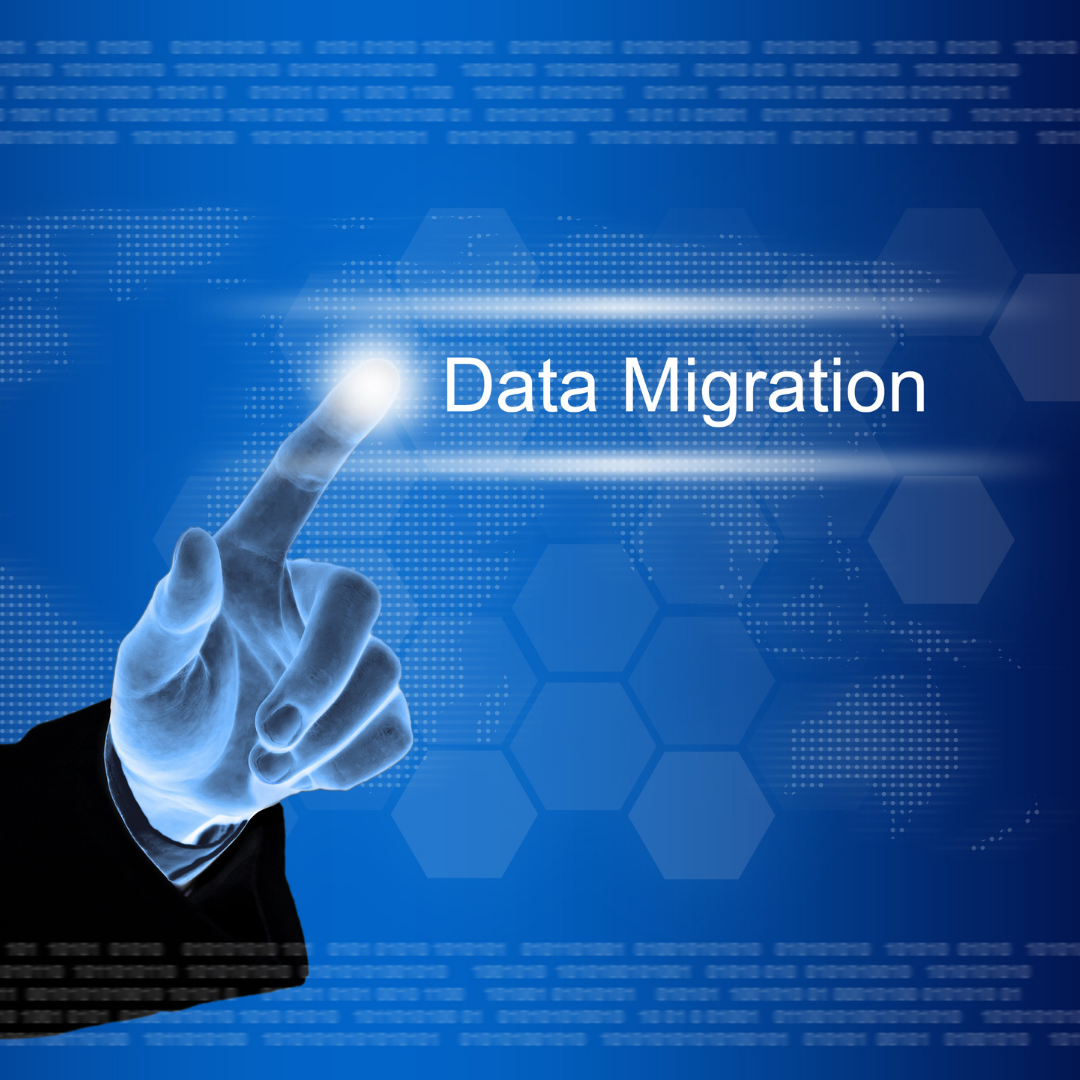Common Mistakes Made When It Comes to Data Migration

Data Migration is the process of moving data from one or more source systems or locations to a destination system or location. It involves transforming, copying, or moving data from one system or location to another. Data Migration is also known as Data Dumping, Data Transfer, and Data Copy.
About the Process
The entire process of Data migration is preceded by the need to decide where to migrate the data. This process can be time-consuming and confusing if you do not hire a professional to handle the job. It is imperative to consider looking at services offered by firms like this it consulting company Lethbridge before you start the migration process; their knowledge and assistance could prove indispensable. Once you begin the process, you need to run scripts and make backups. The process is then handed over to the professional who will work on the server and backup and restore the database.
Why is Data Migration Important?
Data migration is necessary for any business (or person’s) data migration process. Data migration is any action that changes your data and the ways it is used. If you have data that you could use in your business, such as customers, vendors, employees, and other important data you use every day, it is important to keep it up to date. It is also used to keep your data secure, avoid data errors, and ultimately make informed decisions. It has many benefits, but it can be costly if not planned properly.
Why should the challenge of data migration be feared? Because data can be the reason for a loss of productivity and business revenue. It can also be the reason for the loss of customer confidence. To reiterate, data can be a threat to your business, and we need to know what is the best way to handle it. One way of handling it is knowing possible risks. What are the common mistakes made when it comes to data migration?
Common Data Migration Mistakes: Is there a way to avoid them?
When it comes to moving data from one computer or service to another, several things can go wrong and result in data loss or corruption. Once you’ve decided to move to a new PC or cloud service, it’s important to make sure that no data is lost in the process. Here are some data migration mistakes that you can avoid and what you can do to avoid them:
- Not starting the data migration at the earliest possible time. Data migration is a critical task that needs to be planned and executed at the right time. This is one of the reasons why data migration is one of the most commonly taken on projects by IT professionals.
- Forgot to validate a transfer. Once you transfer all the data from one system to another, you should validate it first. This is a simple, common sense thing to do, but it’s not always done. Validation is the process of ensuring that the data you’re getting and putting into your system is as accurate as possible. Most people will validate the data against their system’s data (Ex: If you’re migrating an HR system, you should create an HR system in your target system and compare it to your HR System to make sure the data is correct), but they don’t validate the transfer of data.
- Not performing a full backup of data on other secure locations first. Not backing up your data anywhere else is a big mistake that many people make when migrating to a new computer and/or operating system. They start transferring all their data to the new device, while they neglect to first put it on an external hard drive that they can use to open the files, view them and edit them if necessary. The reason for not transferring data first to an external drive is that if something goes wrong, you can easily restore the files off the external drive and not have to wipe out all of your data.
- Important files and settings were lost. Oftentimes, people migrate data from their existing systems to new systems or cloud services. One of the most common and problematic migration mistakes is the migration of important settings and files, which often go unnoticed up until the point of potential problems.
Data migration can be a scary process, but you can do things to make it less stressful and safer. You should know that there are different types of data migration and that each one requires a different approach. Some data migration approaches are better than others for certain situations. It would be better to have an expert work on the data migration to avoid committing mistakes.
